OpenAir CDR on Enhanced Rock Weathering: Scaling up climate solutions globally
One of the biggest challenges we face today is climate change. Scientists have long-since warned of the inevitable effects of a warming planet, yet despite this urgency, today’s economy continues to run primarily on fossil fuels.
Decarbonization – the active capture and storage of CO2 from the atmosphere – is one possible solution. However, as Dirk Paessler, founder and CEO of Carbon Drawdown Initiative explained in a recent “Open Air This is CDR” episode, Decarbonization is “pointless without 90% emissions reduction.” We need to decarbonize the economy while simultaneously pulling existing CO2 from the atmosphere. A combination of both will create a world with net-zero emissions and lowered CO2 levels in the long run.
Despite knowing – and experiencing – the consequences of climate change, we continue to grapple with the problem of expanding potential solutions. Progress continues to be stalled by the issue of implementation and scale. Many of the carbon drawdown (CDR) methods currently known in the scientific world are hampered by the transition from the laboratory to the “real-world.”
Carbon Drawdown Initiative sees a future for large-scale rock dust
The team at Carbon Drawdown Initiative – founder and CEO Dirk Paessler, CTO Ralf Steffans, and Dr. Ingrid Smet – is committed to advancing the future of rock dust for a better planet. As explained in “Open Air CDR Episode 44: The Carbon Drawdown Initiative with Dirk Paessler and Ingrid Smet,” enhanced rock weathering (ERW) using rock dust technology is simple, cheap, and readily available. Through collaborative projects with over 20 scientists globally, as well as early investments in carbon reduction techniques, these researchers and advocates are looking at ERW as a scalable climate solution.
In the episode, Paessler reviewed current data on ERW’s potential, along with additional long-term CDR methods. While direct air capture will be one of the more effective CDR techniques long-term, Paessler explained that ERW has the potential to capture thousands of tons of CO2 in the coming decades.
With a goal of CO2 capture on a gigaton scale, Paessler and his colleagues estimate that meeting the required level of negative emissions will require approximately 9 to 11 gigatons of basalt per year to capture 3 gigatons of CO2 per year. This in turn means that ERW and comparable methods need to grow to roughly the same size as the current global oil industry.
The amount of rock dust needed would equal 1,500 times the mass of the Great Pyramid of Giza. This would require growing the CDR industry by 40-50% each year over the course of 30 years. Despite the magnitude of the task, he said, this is entirely possible, given that humans already move approximately 300 gigatons of rock, sand, oil, and ore each year – 30 times more than what ERW needs.
Attention to soil biochemistry will make rock dust even more effective
The carbon capture potential in rock dust is clear, but researchers are constantly looking for ways to make it more effective and to scale up applications.
Enhanced rock weathering mimics the natural processes of erosion, which typically take millions of years. ERW capitalizes on the chemical reactions that facilitate permanent carbon storage, but it does so on a much faster time scale.
Paessler explained how Carbon Drawdown Initiative aims to make the benefits of rock dust bigger and better: careful and thoughtful customized application of rock dust based on the biological makeup of the soil.
The general rule of thumb, Paessler said, is that every ton of basalt captures 0.3 tons of CO2. However, this is subject to change – either positively or negatively – depending on the quality and chemical composition of the intended application site. Biologically active soils – those with healthy amounts of microorganisms, fungi, and bacteria – have 5-20 times higher CO2 concentrations than ambient air, Paessler said. Given this, there is no single estimate for how effective basalt rock dust will be on carbon capture potential; diversity in soils brings about a diversity of benefits.
For this reason, Paessler and his colleagues have developed a “cheat sheet,” guidelines for farmers to use when deciding how much and which types of rock dust to add to their soils.
A range of “soil parameters” are used to determine whether conditions are “good” or “neutral” for adding rock dust, or if conditions are bad enough that basalt dust could actually increase the amount of CO2 released rather than capturing it.
While this is a good start, Paessler cautioned that more research needs to be done, specifically in terms of ERW’s complete life cycle.
Cradle-to-grave: ERW life cycle analysis
Life cycle analyses are a common measure used to identify the overall climate effects of any method. Current indications are that most ERW efforts have overall positive effects. More detailed life cycle analysis is a further step.
Paessler further recommends that a “Monitoring Recording Verification” (MRV) is needed to ensure maximum benefits of ERW as it becomes more widely accepted and scaled up. A proper MRV is still being developed for ERW, but, he said, this is no reason to delay implementing ERW on a larger scale.
Meghan Willcoxon is a cognitive science researcher at Brown University. Her research investigates the ways we as pedestrians interact with each other in a crowd. Meghan has a passion for environmental advocacy, as well as puns.
Support us on Patreon
Thank you for joining us today! Please become a member of RTE and support us on Patreon. Unlike many larger organizations, we work with a team of determined and passionate volunteers to get our message out. We aim to continue to increase the awareness of remineralization to initiate projects across the globe that remineralize soils, grow nutrient dense food, regenerate our forests’ and stabilize the climate – with your help! If you can, please support us on a monthly basis from just $2, rest assured that you are making a big impact every single month in support of our mission. Thank you!

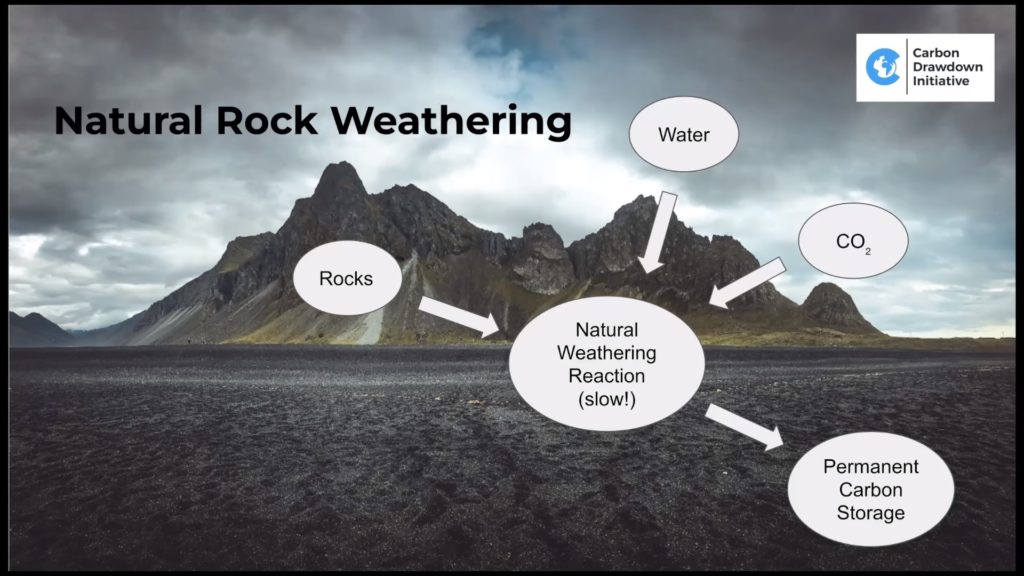
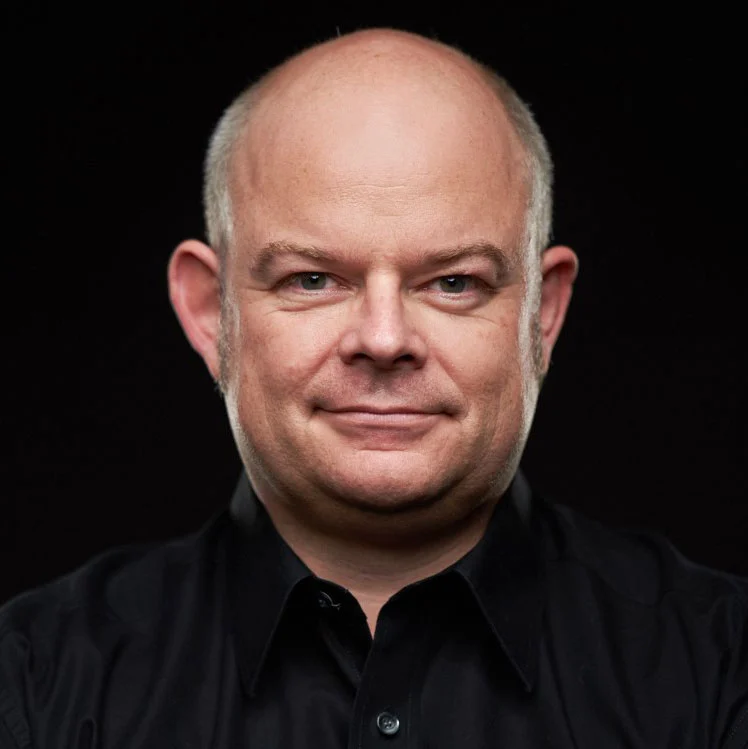
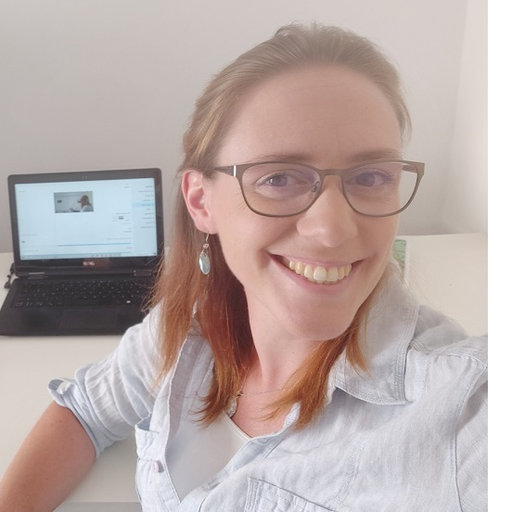

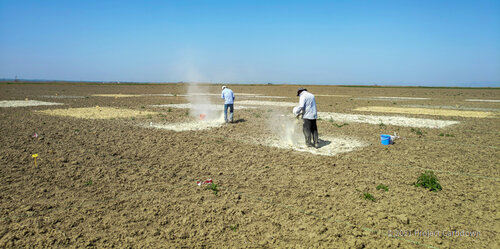
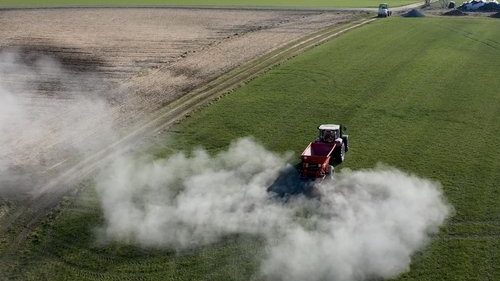






Got something to say?